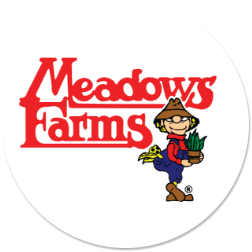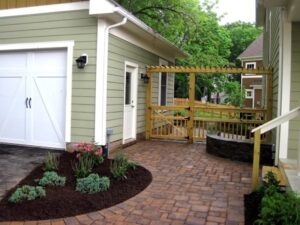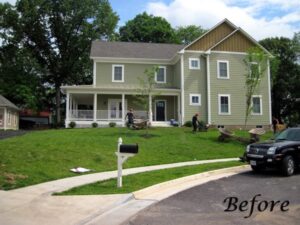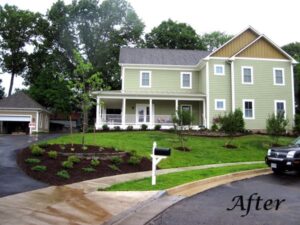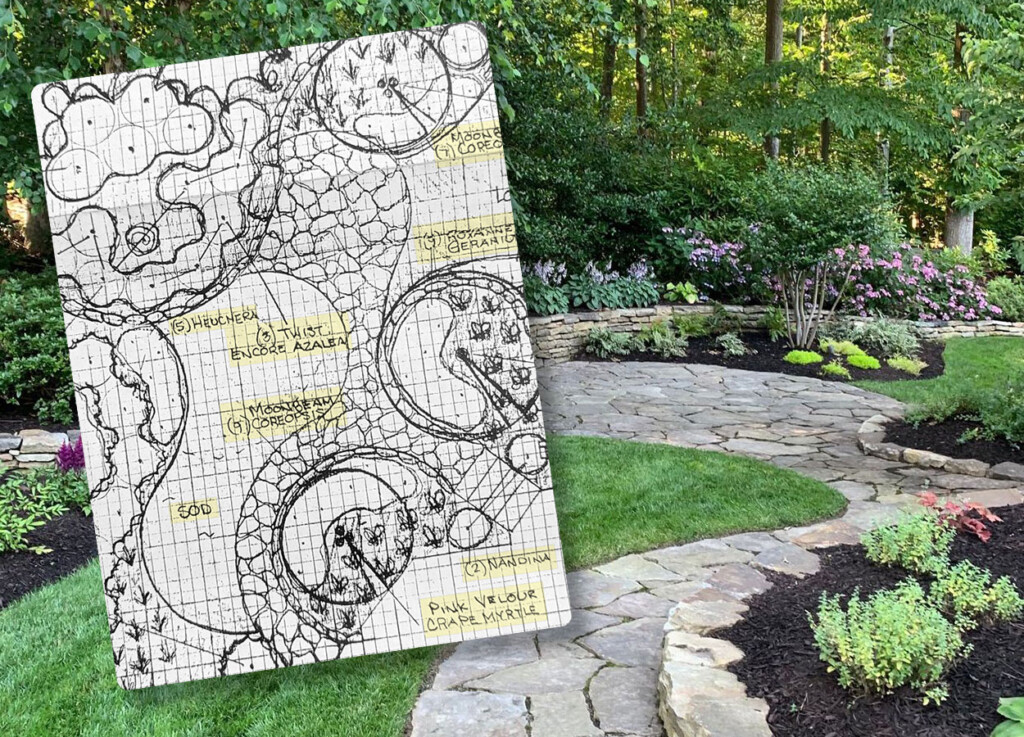
Landscape Architect
571-237-0621
• Graduate of Michigan State University
• Bachelor Degree in Landscape Architecture
• Over 24 years of experience with Meadows Farms Design & Installation
• Senior Architect specializing in cost-effective, award-winning landscapes
• Project strength = visualizing the whole picture – marrying hardscape to planting, water features, and lighting
• Extensive portfolio with large repeat/referral business
• See written articles on planting design and rain gardens
Jennifer Whalley has enjoyed a successful career creating hundreds of cost-effective, award-winning landscapes. Her design strength is visualizing the whole picture where the hardscape design; walkways, terraces, decks, patios, and/or ponds are married to the surrounding landscape to create the ultimate “room with a view”.
Her extensive portfolio includes being showcased on HGTV’S hit show Curb Appeal. Ms. Whalley is a talented, experienced and dedicated professional. Her friendly approach and impressive client base consistently deliver her a large volume of repeat and referral business.
Jennifer’s Articles
No Experience? No Time? No Money?
Armed with the right information, anyone can grow a beautiful garden. It’s simple.
Before you dig a single hole, all you need to do is ask the right questions. Will my garden be shady and moist or hot and dry? Does the soil look dark and rich or dense and sticky? Where does the rain water run or does it just pool in the yard? Think sustainable gardening and create an attractive landscape that will be in balance with your local climate and site conditions. Go ahead, fill your cart with plants you love from the local nursery, but make sure you ask about the character and growing conditions of each before buying. Provide shade for plants that will wither in full sun. Pick drought tolerant species for site conditions that are dry. Place a handful of pine fines into dense clay soil and then plant what likes to grow there. Instead of fighting poor drainage, embrace it and look for plants that like wet feet. Time and money are always wasted with the wrong plant in the wrong spot.
A successful gardener also has a plan. Consider using native plants. They already like it here so why not let them join the party. Planting a local grower that requires less fertilizer, less pesticides and less water will benefit everyone. By planting disease resistant varieties, by properly spacing plants for ultimate growth and by correctly planting them into the soil; we save lots of time and money. Less pruning will be needed. Less disease and plant decline will occur. Instead of planting high maintenance and costly annuals, gain landscape interest by including shrubs and trees that flower in the spring , change color in fall or have multi-colored foliage. Even better, find that one plant that enjoys all three. Introduce coarse broadleaf textures, colorful berries and a variety of height for even more drama. The best landscapes start growing before you even dig.
It’s not rocket science or heart surgery. It’s just a little bit of knowledge with a plan.
Web Sites to Check out –
Virginia Native Plant Society @ www.vnps.org
Sustainable Gardening @ www.audubonlifestyles.com
Let it Rain!
Rain gardening is not a new term for planting in the rain, but instead the latest craze in the landscape industry. It’s the creation of beautiful backyard gardens that have the added bonus of improving our environment and our water quality. Interested? Please, read on.
A rain garden is a landscape system filled with native plants that captures run off from sloped and hard surfaces. Designed as a marsh like area, it encourages on site water filtration and less water runoff. With all the bulldozing, leveling, asphalt pouring and acres of lawn in our communities, water pours off and runs in ever increasing concentrations. It pollutes our rivers and ponds. It flood are neighborhoods. It erodes our properties. By embracing water for our enjoyment and benefit, rain gardens can change the way we have always moved water through our communities.
The creation of this type of system starts by getting dirty. You’ll need to dig a large depressed area at least ten feet downhill from your home’s downspout. A typical residential rain garden ranges from 100 – 300 square feet. The actual depth is determined based on soil type and amount of water flowing through the system. You’ll need to add a berm on the downhill side to trap the water. Don’t take the easy way out! Forget about using that one area the builder saddled you with that holds water forever. Remember, this garden is an environmental drain. This drain’s purpose is to filter and clean water of pollutants by not ponding, but pulling water through a dense mat of plant material and roots.
So you guessed it, the next step is planting. Plant potted material, not seeds, so roots can do their thing right away. Plant heavy so weed growth is discouraged through more shade and root competition. And yes, plant natives because they thrive without fertilizers and pesticides, they actually like our crappy soil and they’ll withstand conditions alternating between soggy wet and dry as a bone. Make sure to use a variety of perennials, grasses, sedges and ferns so your garden isn’t mistaken for a developer’s ugly drainage solution, but will be enjoyed as the beautiful and well loved garden that it is.
Long after you’re dirty and tired, you will be the only one to know, that behind the beauty, wonderful work is being done!
